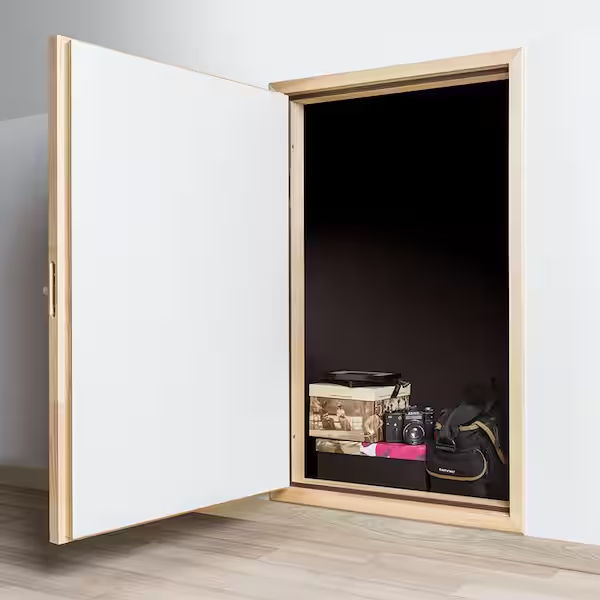Your home’s doors play a crucial role in security, energy efficiency, and curb appeal. While regular maintenance can extend their lifespan, there comes a point when repairs are no longer enough. Recognizing the warning signs early can save you from costly issues down the line. Here’s what to look for when deciding whether it’s time for a full door replacement.
1. Difficulty Opening and Closing
A properly functioning door should open and close smoothly. If you struggle with a stubborn door that sticks, jams, or drags along the floor, structural issues may be to blame. Over time, moisture, shifting foundations, and general wear can warp the door or misalign the frame. If adjustments and minor repairs don’t fix the issue, replacing the door is often the best solution.
2. Visible Damage and Deterioration
Small cosmetic imperfections like scratches and minor dents can usually be repaired. However, larger cracks, deep gouges, and rotting wood indicate significant wear that compromises both appearance and functionality. Weather exposure, pests, and ageing materials can lead to irreversible damage, making replacement door installation the most effective solution.
3. Drafts and Energy Loss
One of the biggest indicators that a door needs replacing is the presence of drafts. If you feel cold air seeping in during winter or notice increased energy bills, poor insulation could be the culprit. Older doors, especially those with worn-out weather stripping or gaps in the frame, contribute to energy loss. A new, well-sealed door improves insulation, reducing heating and cooling costs.
4. Water Damage and Mould Growth
Water intrusion can cause serious damage to doors, especially those made of wood. Signs of swelling, warping, or mould growth indicate prolonged exposure to moisture. Not only does this affect the door’s functionality, but it can also pose health risks. If water damage is persistent despite repairs, a replacement is necessary to prevent further issues.
5. Outdated Design and Poor Curb Appeal
An old or outdated door can impact the overall look of your home. If your door is faded, outdated, or doesn’t complement your home’s exterior, upgrading to a modern design can boost curb appeal and increase property value. Whether you prefer a sleek contemporary look or a classic wooden finish, a new door enhances your home’s aesthetic and leaves a lasting impression.
6. Security Concerns
Your front door is one of the first lines of defence against intruders. If your door feels weak, has a damaged lock, or lacks modern security features, it could put your home at risk. Advanced locking mechanisms, reinforced frames, and solid-core materials offer better protection against break-ins. Investing in a high-quality replacement door improves safety and peace of mind.
7. Noise Pollution
If you notice that outside noise is becoming more noticeable inside your home, your door’s insulation may be inadequate. Older doors often lack the soundproofing benefits of modern models. Upgrading to a well-insulated door with solid construction can significantly reduce noise levels, making your home quieter and more comfortable.
8. Frequent Repairs Adding Up
Sometimes, the cost of constant repairs outweighs the price of a full replacement. If you find yourself repeatedly fixing hinges, resealing gaps, or patching up damage, it might be more cost-effective to invest in a new door. A high-quality replacement door not only saves money in the long run but also eliminates ongoing maintenance hassles.
Making the Right Choice
Replacing your door is an investment in your home’s comfort, security, and efficiency. Whether it’s due to wear and tear, poor insulation, or security concerns, recognizing these signs early helps you make an informed decision. If your door is beyond repair, upgrading to a durable, energy-efficient model will enhance your home’s functionality and appearance for years to come.

